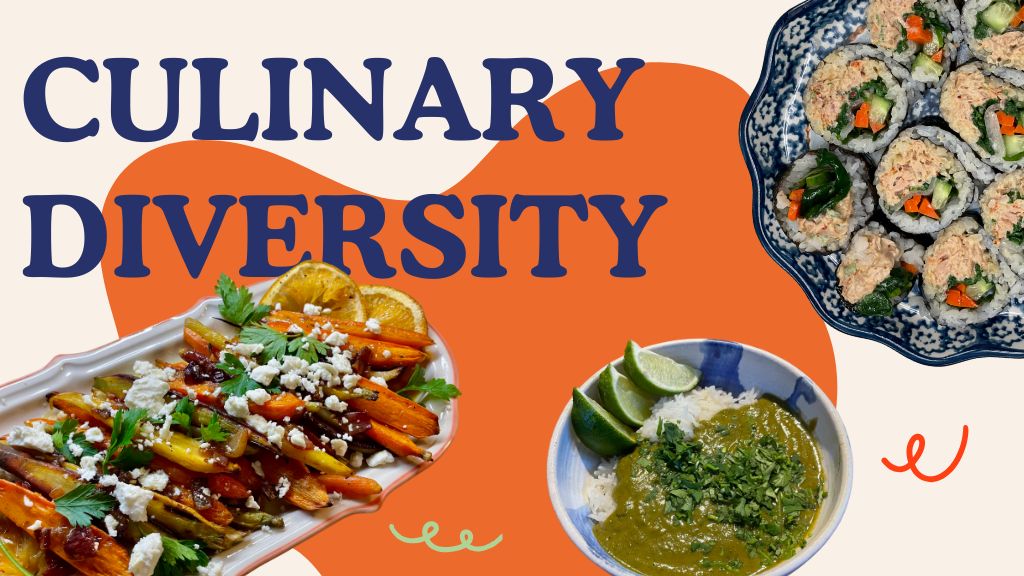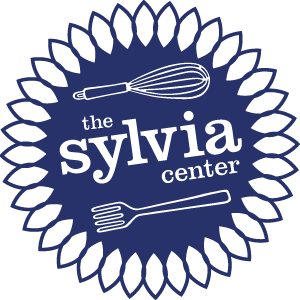
The Sylvia Center’s new recipe catalog features a wide range of authentic dishes. Featured here: Roasted Carrots with Ayib and Awaze Vinaigrette, Korean Kimbap and Callaloo.
At The Sylvia Center, we value culinary diversity. We want to celebrate and represent the cultures of the students and families who take part in our programs through the healthy recipes we cook. So we’ve spent the last year building a new, inclusive recipe catalog, reflecting the myriad diverse communities in which we work. When students are able to see themselves represented, they’re able to engage in learning in a more meaningful way.
This is particularly important when it comes to the nutrition knowledge we share in our classes, as racial and ethnic minority groups in the US are disproportionately affected by health issues like type 2 diabetes, heart disease and obesity. Not only is a Eurocentric diet of beans, quinoa and kale boring, it fundamentally fails to represent the cultural identities of the nearly 140-million non-white people living in the US–or take into account that culturally diverse diets can be healthy.
How are we addressing this at The Sylvia Center? Grounding recipes in heritage diets–rather than simply country of origin–allows us to honor and celebrate the ever-evolving influence of diaspora communities, and the resulting cuisines that grow from cultural blending. Since taking stock of our recipe pool last year, we’ve added over 150 new recipes to our catalog (with more being added every day), including dishes rooted in Indigenous US, African, Nordic, Slavic and Caribbean foodways: we’ve also reduced American and European-influenced recipes from 70% to less than 38%.
“To understand diversity is to understand flavours, mysticism, tradition, innovation, colors, textures, culture, sustainability, nature, health, traceability, ecology, the history behind each ingredient and, above all, our identity.”
Malena Martínez, co-creator, MATER Iniciativa biodiversity research project, Peru
And culinary diversity doesn’t just mean including geographically varied recipes in our repertory. It’s also vital for our dishes to feature a wide range of ingredients, nutrients, techniques, and skills. Some of our new recipes are more specialist and teen-appropriate, focusing on traditional methods of food preparation (like hand-grinding fresh masa), while others use store-bought ingredients for a family-friendly weeknight meal (like our speedy Sos Pwa Nwa and Mayi Moulen!) We prioritize seasonality, and provide widely available substitutions for areas where food access may be limited.
By embracing and celebrating cultural preferences in the context of health and nutrition, we better equip our students to make daily healthful choices that support their futures. Culinary diversity is not just about broadening our perspectives: it may also be the key for communities to be able to adopt sustainable healthy habits.


